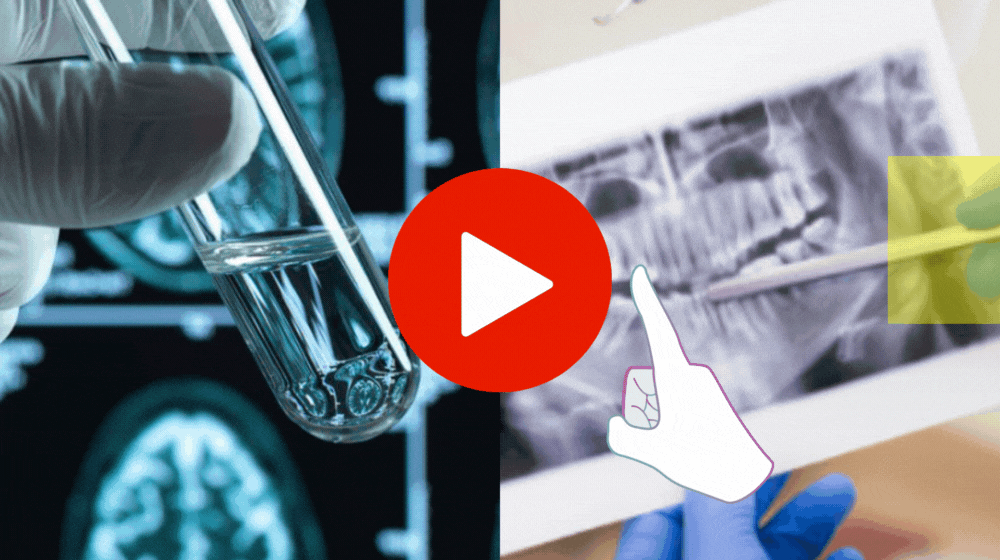Advertorial
Health / Dental / Discovery
Are You Secretly Suffering From Any of These Dental Horrors?
Find out how to stop bleeding gums, tooth decay, and bad breath.

Mark Holler, June 14 · 2 minute read
1. Tooth Decay
Tooth decay is also known as dental cavities. Tooth decay occurs when bacteria forms on the surface of your teeth, called plaque. The bacteria produces acids which can eat away at and permanently damage the enamel - the outer layer of the tooth.
This breaks down your tooth, and can lead to cavities and holes n your teeth along with painful toothaches.
Here's a list of some of the symptoms of tooth decay:
Bad breath
Black or brown spots on your teeth
Unpleasant, metallic taste in your mouth
2. Gum Disease
Gingivitis is the early form of Periodontal disease. It is a bacterial infection caused by buildup of plaque. Some common symptoms are bleeding, red, or swollen gums. As with most gum diseases, you may experience bad breath, and sensitive teeth. With gum disease, expect persistent bad breath no matter how often you brush or floss.
3. Persistent Bad Breath
Bad breath is one of the most common dental problems, and is a sure sign of gum disease, and an abundance of bad bacteria in your mouth. Usual brushing or flossing will only treat symptom temporarily, but the bacteria will come back stronger if the root cause is not addressed.
How to Solve Gum Disease for Good?
We need to get to the deep pockets of teeth and gums that brushing and flossing will never be able to reach alone. Moreover, we need to not only kill the bad bacteria that's causing havoc in our gums and teeth, but also provide enough good bacteria to keep our gums and healthy.
We recommend swishing a natural soft mineral that is proven by Harvard to reach the deep gum pockets and kill the bad bacteria, while enabling good bacteria for optimal gum and teeth health. Over 150,231 people have already used this soft mineral to solve their gum disease in 10 seconds a day.
You can learn all about it by watching Dr. Drew Sutton's video below.

